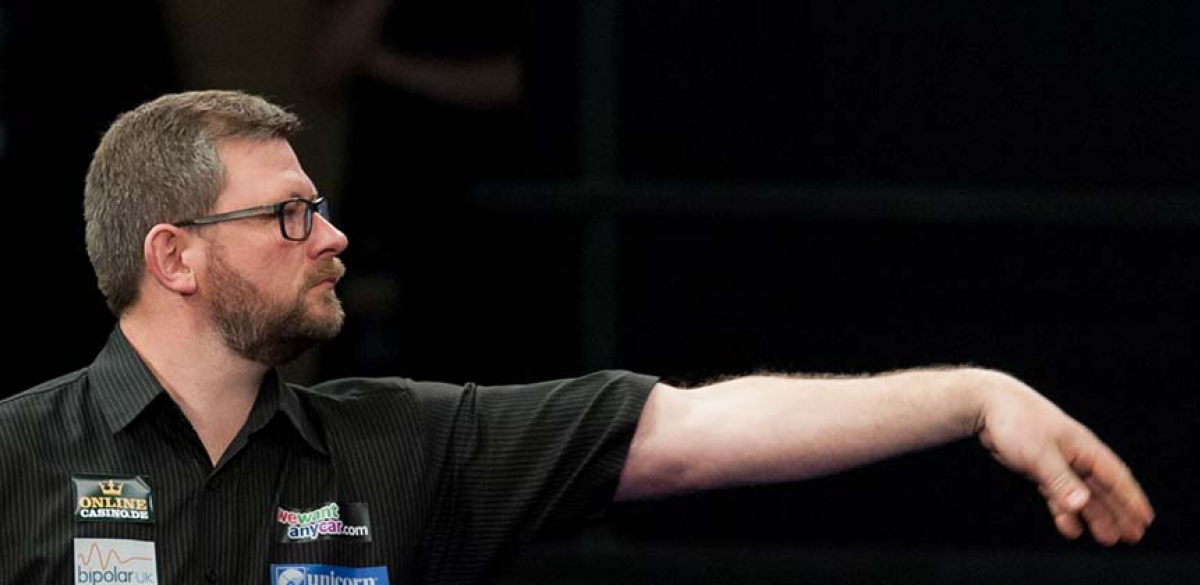
Christopher Kempf, the statistical analyst of the PDC, takes a statistical look at why players with higher averages often lose.
Phil Taylor scored 384 points more than Raymond van Barneveld in their 2015 Premier League clash, and did so with four fewer darts than the total thrown by the Dutchman over 11 legs.
Yet, despite averaging 115.80 Taylor lost the match by a convincing 7-4 scoreline.
To this date Taylor's average in this match still stands as the highest losing average ever seen on television.
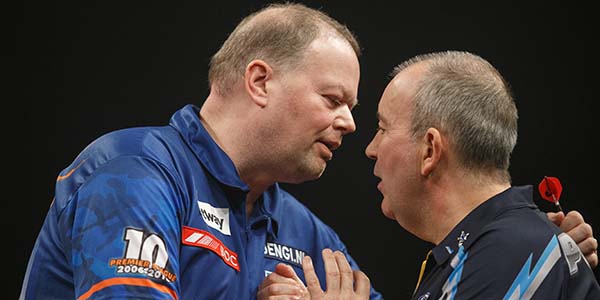
How does a player averaging 116, and playing at a standard beyond the capabilities of most professionals, manage to lose the match?
Was Taylor the victim of bad luck or poor strategy? Or is the answer merely that the three-dart average tells us little about a player's actual performance in a match?
When summarising the scores of hundreds of darts thrown at dozens of different targets around the board in one number, the three-dart average will be vague.
The number of points gained from scoring on a given segment of the board does not always match the difficulty of hitting it or its relevance to winning a leg.
For instance, the bullseye is more difficult to hit than the treble 20 segment, yet a player's average is comparatively improved by hitting the latter.
The most serious of these flaws is the inability of the three-dart average to accurately represent the importance of finishing in games.
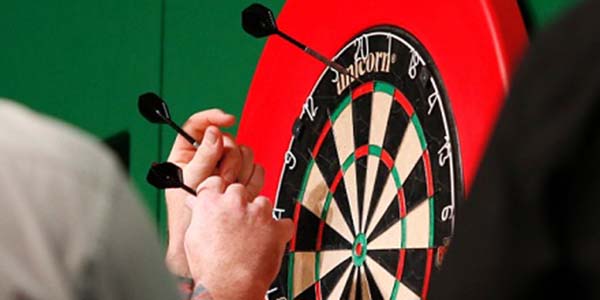
Missing a checkout just to the outside of the double ring, even if it serves as a good marker for the next dart, is hugely detrimental to the average.
Three darts thrown on the inside of doubles, for example scoring 35 on attempts at doubles of 20, 10 and 5, is preferable to missing on the outside and scoring zero in terms of maximising the average.
No double, even the bullseye, scores as powerfully as the treble 20, yet any darts player will tell you that finishing is the most important part of the game.
Our go-to statistic for darts is therefore unworthy of the challenge of telling us what we really want to know - who played the best all-around match?
A single match is too short a time period in which to evaluate a player's performance through his average anyway.
It is only over the long-run of hundreds to thousands of legs that the three-dart average becomes broadly indicative of a player's quality.
Almost any player in the PDC has the potential to string together half a dozen stellar legs and average 100 or more in a single match, and nearly 100 different players have done so this year.
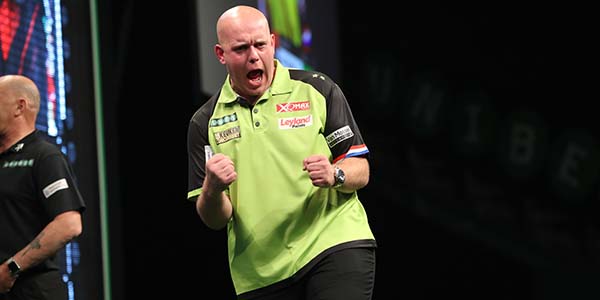
However, it is an indication of Michael van Gerwen's quality that in his 1000+ legs contested so far this year, the world number one is the only PDC player to be averaging over 100.
The player with the higher average in a best-of-11-legs match loses about 20% of the time.
That 20% figure includes 6-5 nail-biters in which the players' averages are nearly equal, as well as games such as Jason Cullen's (86.10) 6-3 defeat of Steven Kirkby (98.04) at the UK Open Qualifiers.
Averages can be inflated by winning legs in 10 darts rather than 12 (resulting in a 20% increase in the average) and also by being beaten so thoroughly as to not be able to attempt a double in several legs.
The longer a match goes on, the likelihood of winning with a lower average, and the size of winning players' deficits in terms of that statistic, both decrease.
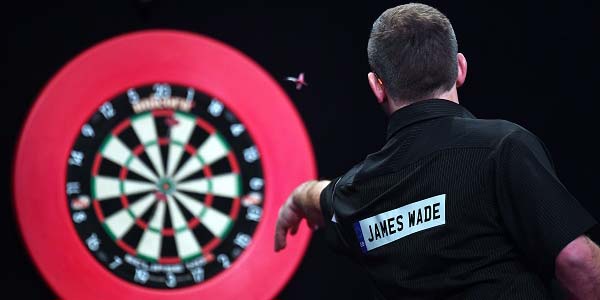
Few players have mastered the art of getting results from low averages to the extent of James Wade.
In 30 Players Championship victories so far this year, 10 came in matches in which Wade's opponent had the higher average, and in none of those matches did Wade average over 100.
A major factor in the success of this squeezing-blood-from-a-stone approach has been Wade's exemplary 9-2 record in last-leg deciders.
Wade seems to be content to lose several legs in a match, often by the wide margins that boost his opponents' averages, merely to refocus his efforts on winning the final leg, which he often does.
The result is that while the average PDC player can only win 20% of the matches in which his opponent scores the higher average, Wade has actually won the majority of his.
Comparatively, Van Gerwen in the Premier League is almost never in a position to have his average surpassed in a match.
Yet, his past eight losses in the event came in spite of recording an average substantially higher than that of his opponents' - including 7-5 losses to Peter Wright and Van Barneveld in this year's Premier League, despite surpassing their averages by eight and nine points respectively.
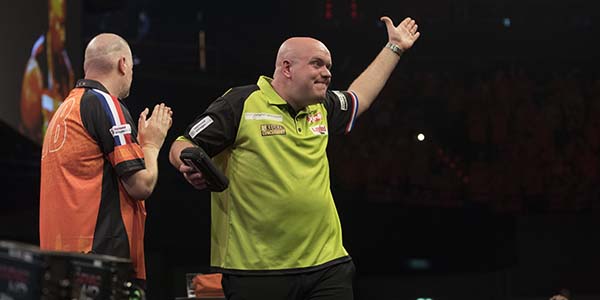
Beating Van Gerwen is all about capitalising on a few missed doubles, as no player in the PDC can match his scoring power.
That scoring power boosts Van Gerwen's average consistently but does not guarantee he'll always hit the doubles he needs.
Are we too fixated on the three-dart average? It is the essential statistic of darts, yet in the short-term it tells us little about what we really want to know.
A high average is no guarantee of winning, or of an exciting match; likewise, a low average is no guarantee of losing, or of a dull contest.
As Taylor found out by passing on the opportunity to throw for the bull in that 2015 Premier League match with Van Barneveld, a 116 average is no substitute for impeccable timing.